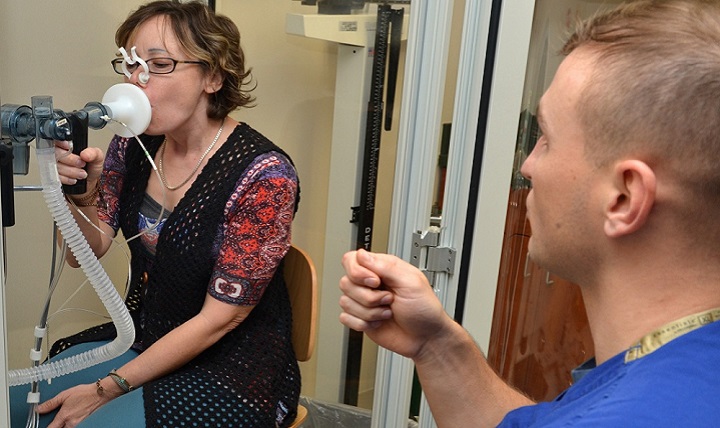In 2022 there were approximately 22 maternal deaths for every 100,000 live births in the United States
For decades the United States has set global benchmarks, much to the chagrin of many other nations. However a new study has revealed that maternal mortality numbers in that country are far worse than figures for comparable developed nations such as Australia, Switzerland and Korea.
This, despite the fact that US spends more on healthcare than many developed nations. “In 2022 there were approximately 22 maternal deaths for every 100,000 live births in the United States — far above rates for other high-income countries. U.S. maternal mortality is lowest for Asian American women and highest for Black women. Maternal death rates increased in Australia, Japan, the Netherlands, and the U.S. during the height of the pandemic, between 2020 and 2021. In Chile, Norway, and the U.S., where 2022 data are available, maternal death rates have begun to decline,” revealed a report from the Commonwealth Fund that looked at maternal mortality among 14 rich nations.
Nearly two of three maternal deaths in the U.S. occur during the postpartum period, up to 42 days following birth. Compared to women in the other countries we studied, U.S. women are the least likely to have supports such as home visits and guaranteed paid leave during this critical time. The analysis also pointed out that the US and Canada have the lowest supply of midwives and obstetricians and gynaecologists. In the U.S., Canada, and Korea, ob-gyns outnumber midwives.
The report also found racial disparities in maternal mortality trends. “For Black women, maternal mortality is exceptionally high. Prior research has found Black people receive worse-quality care than white people on 52 percent of measures, including measures of care process, such as the ability to receive needed care; care outcomes, such as death; and patients’ perceptions of care,” the report pointed out.











